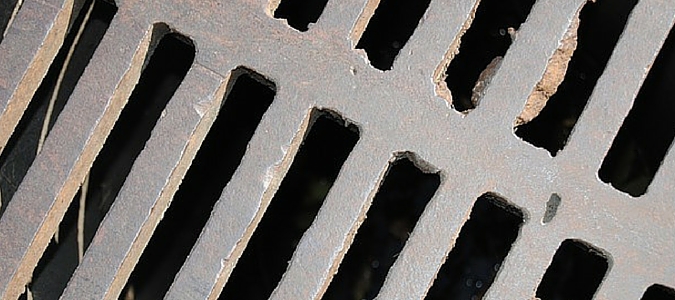Texas A&M Is Protecting Texas Bees: How Can You Help?
Learn about Texas A&M’s Beekeeping Clinic and what’s next for Texas bees
Over the past decade, bee colonies have experienced troubling population declines across the world. The problem has affected central Texas’s bees as well, and local apiaries worry that they won’t be able to support themselves indefinitely. With its recent beekeeping clinic and other efforts to support local beekeepers, Texas A&M University is doing its part to help. You can do yours as well!
A Recap of the 2014 Texas A&M Beekeeping Clinic
On June 7, Texas A&M University Held its annual Summer Beekeeping Clinic. Held right here in Bryan and hosted by Texas A&M University Assistant Professor of Apiculture Dr. Juliana Rangel, the clinic aimed to educate amateur beekeepers, beekeeping professionals and concerned citizens about how to care for bees and how to protect them from environmental hazards that can reduce their numbers. The clinic included a hands-on demonstration from Bill … Read Full Post »
